This course is an investigation of the role of graphic design in the visual environment. Students explore a variety of conceptual and production methodologies to create effective visual communication.
Course Summary
The world in which we live is populated by myriad printed and screen-based messages of information and entertainment. We position ourselves in this visual landscape by creating visual presentations of themselves in various forms through social media profiles, personal web sites, class projects, and so much more. Since elementary school we have been asked to create digital presentations to demonstrate their command of class material, but in what way have we been prepared to do so? While many secondary schools teach technology, very few offer a concerted education on the fundamentals of graphic design outside of exclusive art classes. It is fair to say that the vast majority of people have no real understanding of how to create effective messages in a world that increasing uses visual perception to judge them. This course addresses these issues by providing students with fundamental critical thinking and creative making skills that will increase the effectiveness of their visual communications.
Graphic design has a formative role in the production of visual messages in contemporary culture. Everything we do to share our ideas in academic presentations, resumes, political messages, corporate communications, email and social profile construction is visually articulated through a variety of conceptual and formal decisions that make up the graphic form of the message. Everyone is a publisher today, and the success of any communication often rests upon how it is visually perceived by the audience long before it is read and digested. The course positions graphic design as both a formal tool and conceptual device by instructing students to skillfully and intelligently manipulate graphic form to communicate information effectively.
This course addresses the core proficiency of crafting strong and visually persuasive messages, and is designed to help students understand how the ideas they are continually charged with presenting in academic and professional contexts are dependent upon clear visual structure and coherent graphic expression. This course will provide a critical environment for examining visual communications with current and historical examples. The skills development aspect of this course will directly address practical aesthetic methodologies for developing and producing visual communication artifacts in a series of practical and conceptual projects.
Course Objectives
INTELLECTUAL AND ANALYTICAL OBJECTIVES
• Students will critically analyze and develop informed critical perspectives on visual communication as it effects the world of ideas.
• Students will gain an understanding of the social, political, economic, and historical implications of the graphic design process.
• Students will develop conceptual proficiency as authors of graphic design artifacts.
SKILLS AND ABILITIES OBJECTIVES
•Students will demonstrate an introductory skill in using graphic design hardware and software.
• Students will develop proficiencies in visual communication design, including composition, typography, and the persuasive presentation of information.
• Students will be able to demonstrate a competence and confidence in producing and analyzing visual communication.
Learning Outcomes
CREATIVE THINKING
• Student explores and connects strategies and skills of a domain by constructing a product.
PERSPECTIVE OUTCOMES
•Critically and creatively engage in the aesthetic and intellectual components of the fine and performing arts.
•Articulate the ways that the arts and humanities shape, change, provoke, and represent our world and our perception of the world.
INTEGRATIVE OUTCOMES
•Identify elements of social and/or environmental structures: individual, group and system.
Course Requirements
•Attend class each week, as assignments will draw upon topics
covered in readings, projects and discussions.
•Collect all readings, sketches, prints, versions, ideas and other
process materials in a 3-ring process journal.
•Read the assigned texts by the next class meeting.
•Comment on class readings on the class web site.
•Participate fully in class activities.
•Complete all projects in a timely manner to the best of your ability.
Electronic Communication Policy
Facebook: A class Facebook group will be used for general questions about assignments as well as a place to post interesting links to topics related to this class. The group is called GDP/KSC FALL 2017. You will be friend requesting me today please. Heather Gendron
Email: Use email to communicate questions and comments that pertain only to you. If the question is about the class in general, please use the Facebook group.
Texting: You may text me in extremely urgent situations. My mobile number is 603-398-2929. You need to tell me your name in your text. Please try the Facebook group first.
Craft
Presentation is a critical part of graphic design. Poorly presented work handicaps the effective communication of ideas. Badly made work will not be accepted. Everything is a design problem.
Reading/Writing
The ability to articulate oneself well in written and spoken words is crucial to you professional success. Readings from contemporary and historical design topics will be assigned in this course on a regular basis.
Equipment List
This course has a considerable supply list available at the KSC Book Store. We also use computers in addition to one of your most valuable tools — your mind — please remember to bring it to class. You will need:
•Thumb Drive (min. 8GB) or external hard drive
•3-ring binder for process materials
•9×12 manila envelopes – (3 to 4 of them)
•Steel ruler (15” or18”) (no wooden or plastic rulers, please)
•X-acto knife
•X-acto replacement blades (box of 40+ blades)
•Cutting matte (12” x 18” min.) RECOMMENDED
•Black sharpie markers (one thin, .01-.03 & one thick + various
other sizes)
Process notes
You will keep an ongoing and detailed record of all work, readings, and other visual inspiration and influence throughout the term in dedicated 3-ring binder. All drawings, notes and other materials will be uploaded on a project by project basis to the class blog.
Submitted Work
All work should be submitted according to medium. Digital files will be uploaded to class site and/or DropBox. Printed work will be submitted in clean and organized envelopes with your name written clearly in the upper right corner. No exceptions or alternatives will be accepted.
Assignment due dates
Complete the assigned reading prior to the next week’s class meeting.
You will not receive credit for any assignment passed in after the due date. If illness or other personal issues are keeping you from fulfilling an assignment, you must contact me before the assignment is due, or you will receive a zero (0%) for the missed assignment.
Students are responsible for handing in any assignments due on the day of an absence.
Evaluation
Grades are based on your performance on Participation, Website Posts, Quizzes, Exercises, and Projects as follows:
Participation / 10%
Website Posts / 20%
Quizzes / 10%
Exercises / 20%
Projects / 40%
Attendance policy
The Keene State College attendance policy emphasizes the correlation between attendance and academic achievement. A student is expected to attend all class meetings of courses in which he or she is enrolled.
Keene State policy: A student who misses more than 6 classes in the first 10 weeks of the semester (for any reason whatsoever, including excused absences and emergencies) must withdraw from the course. The student must follow the regular withdrawal procedure. The complete KSC attendance policy can be viewed athttp://www.keene.edu/administration/policy/detail/attendance/Class policy: students may take 2 unexcused absences. Students will lose a half letter off their final grade (A to A/B, A/B to B, B to B/C, etc.) for every non-excused absence thereafter. Students must provide documentation for any excused absence (doctor’s note or proof of other emergency).
Students are responsible for handing in any assignments due on the day of an absence.
You must actively seek out the information from any class you might miss from a fellow student in the class, or from me.
Please consult the KSC Academic Calendar for non-class days and other notable events.
Electronic devices in the classroom
Unless otherwise stated, students may not use any personal electronic devices during class meetings. Texting or any other type of cell phone or electronic device use during class will count as an unexcused absence and you will be asked to leave the class. And remember, more than 6 absences and you will have to drop the class.
Disability Accommodation
Any student with a documented disability should see me as soon as possible so that we can make the appropriate accommodations. Students with disabilities can register with the Keene State College Office of Disability Services on the first floor of the Elliot Center (358-2353). Additionally, the College has an ADA Officer who assists with access issues for the College as a whole and who is available to assist with conflict resolution regarding access and accommodations. Students with disabilities who may need classroom accommodations are encouraged to make an appointment with Jane Warner or Jessica Bigaj in the Office of Disability Services (x2353).
Academic Honesty Policy
All students are expected to hand in original written work. Using other people’s words without proper attribution constitutes plagiarism.
Plagiarism and any other forms of cheating will result in an F for the assignment and may include further College sanctions. In this class, every student must be aware of and adhere to the college’s policy on academic honesty. Detailed procedures and processes pertaining to the Policy on Academic Honesty can be viewed athttp://www.keene.edu/policy/academichonesty.cfm
Class Cancellations
In case of inclement weather or any other emergencies, please check your email, facebook or phones to find out whether or not this class has been cancelled.
Eating/drinking
There should be no eating or drinking in this classroom. If necessary, please use discretion. Save noisy and smelly foods (i.e. crunchy items, crinkly wrappers) for break time or in between classes. Strive to maintain a clean, efficient learning environment.
Emergency Academic Procedures
In the event the College is impacted by an emergency situation, students are responsible for regularly checking their KSC email and Canvas for information from their instructors and/or the College. Affected faculty members are expected to notify students via email, Canvas announcements and/or voice mail regarding alternative course delivery methods and course work submission procedures.
Media Arts Center (MAC) Security Policy
Mission Statement
The Media Arts Center is dedicated to serving the curricular needs of the students and faculty. The faculty, staff, students, and the community served by the Media Arts Center are our most important assets in a safe and secure environment that fosters a high-quality educational experience.
Overview
The purpose of this policy is to outline secure access procedures and establish organizational guidelines for providing access benefits to students, faculty and staff while protecting the property, privacy and security of the Media Arts Center. Recognizing that safety and security of the campus and its assets and community members is a shared responsibility, this policy has been developed to serve as a guideline regarding secure access via keys, access codes, and keycards for after-hour access to the Media Arts Center (MAC). This policy applies to all students who may need after-hour key or keycard access. This policy establishes the requirements for gaining access codes, key and keycard access to the Media Arts Center at Keene State College. Individuals reported as not complying with these policies may be referred for disciplinary action.
POLICY GUIDELINES
I. DEFINITIONS
a. Building Access Coordinator: The administrative assistant/building manager within the Media Arts Center assigned to coordinate access for employees and students where multiple departments exist within a single building.
b. Keycard: A Keene State College-issued identification card that displays an employee’s or a Student’s name and photograph that is programmed to provide entry into the entrance of the Media Arts Center during specific times.
c. Access Code: An access code that is programmed to provide entry into specific doors of the Media Arts Center.
d. Key: A physical key that is used to gain entry to a specific room within the Media Arts Center.
II. RESPONSIBILITIES
All employees and students are responsible for becoming familiar with the Media Arts Center Building Security and Access policy and procedures outlined in this document. All employees are responsible for ensuring that students are aware of these policy and procedures. All students working in the Media Arts Building are expected to not only uphold these policies but also to set an example of compliance by holding other students accountable for following these rules. Students are expected to know and understand the Student Code of Conduct as those policies all apply to the Media Arts Building.
Keys and Keycards
Keys and keycards are the exclusive property of Keene State College. No key or keycard shall be duplicated by anyone other than facilities management personnel. A redundant keycard access system will be kept in place at Campus Safety to allow for ease of operational needs. The KSC Lock Shop will be responsible for maintaining records for issuance and use of all keys and access codes. Campus Safety will be responsible for maintaining records for issuance and use of all keycards.
Access codes, key and keycard holders shall immediately notify Campus Safety and follow up with the Building Access Coordinator during business hours if a key or keycard is misplaced, lost or stolen or if an access code has been compromised. Failure to immediately report a lost or stolen key or keycard or a compromised code may result in loss of entry during after-hours and/or fee.
Individuals shall only use or hold keys or keycards that are officially assigned to them. No person shall allow the use of a key, keycard or access code to give access to a person who does not have authority to be in the controlled space. Keys and/or keycards may not be loaned out to anyone. Misuse of an access code, key or keycard may result in loss of entry to building during after-hours and/fee.
The Building Access Coordinator is responsible for tracking access codes, keys and keycards swipes, and for maintaining accurate records for the Media Arts Center. Obsolete or unneeded keys must be returned to the Lock Shop.
The Building Access Coordinator and/or Campus Safety in consultation with the department chairs and program coordinators reserves the right to confiscate keys and deactivate keycards and access codes at any time without notice. The holder of a deactivated key shall promptly return it to the Building Access Coordinator. The Building Access Coordinator shall return all keys to the Lock Shop as soon as they are no longer needed.
III. IDENTIFICATION CARDS
All employees and students shall be issued a photo identification card, which they must keep with them while conducting Keene State College business. The Media Arts Center may require students to display identification while they are working after-hours.
IV. BUILDING ACCESS
Students who need after-hours access to the Media Arts Center will be issued access levels based on need and assigned responsibilities dependent upon instructor request and department chair/program coordinator approval. The main entrance will be programed to open and lock at specific times each day. Campus Safety programs door locking schedules based on information provided by the Building Access Coordinator.
The Building Access Coordinator, located in MEDI 140, shall support the department chairs and program coordinators in coordination of access to Media Arts Center spaces. The Building Access Coordinator may request keys, keycards and access codes only for the Media Arts Center. The MAC Building Access Coordinator may not authorize access to another building’s spaces. In the event that such access is necessary, the Building Access Coordinator for that building will have to authorize the access before it will be granted.
The Building Access Coordinator must immediately notify Campus Safety and the Lock Shop of any change in status that will result in restricting building access or terminating building access.
Security and Access
The MAC maintains regular hours of operation as specified below. However, staff may periodically extend or suspend hours to meet student needs or support institutional restrictions (such as in an emergency). During the evening and weekend hours, faculty, staff and students can gain access to the building during non-business hours by swiping their keycards.
The MAC is staffed by lab monitors stationed in each department’s labs. Lab schedules shall be created and maintained by each department. Lab monitors are responsible for ensuring only authorized individuals access the labs and/or specialized areas. Lab Monitors ensure that all students sign in and out and they are responsible for reinforcing the policies articulated in this agreement. Lab Monitors also check their areas of their building each evening to ensure all students have left as required.
Visitors
Visitors are required to check in with Campus Safety when arriving on campus. During after-hours access, faculty and staff should use caution in bringing visitors into the Media Arts Center. Faculty and students who escort a visitor into the Media Arts Center during non-business hours are responsible for the activities and wellbeing of their visitors while in the building. Students may only bring visitors into the Media Arts Center if doing so pertains to their academic needs (for instance, working with film actors).
Additional Access
When it becomes necessary for certain individuals and positions to gain access to buildings and areas outside of their assigned department (such as common access to the Green Screen Room), this shall be discussed with respect to our students’ needs and usage of these spaces. Access shall be organized by the Building Access Coordinator through consultation with the department chairs and program coordinators in the building, who will identify access levels for these individuals and positions.
Curtailed Operations
Swipe card access to the Media Arts Center will be deactivated during curtailed operations. http://www.keene.edu/administration/policy/detail/weather/download/
MEDIA ARTS CENTER FRONT ENTRANCE SCHEDULE
General Hours of Operation:
Monday – Friday: Open at 7:00 am Close at 4:30 pm
Saturday – Sunday: Closed
Swipe Access for Students:
Monday – Friday: 4:30 pm – 11:45 pm
Saturday – Sunday: 7:00 am – 11:45 pm
After-Hours Swipe Access for Students:
● Students must be on access lists provided by department chairs, program. coordinators, Dean of Arts and Humanities and/or Building Access Coordinator.
● Students must use their valid KSC ID card for swipe access to the building.
● Students must sign-in with a lab monitor when entering the lab and sign-out when leaving.
● All students must leave the building at the closing times specified above.
● If students refuse to leave, the lab monitor will call Campus Safety.
● Students continuing to refuse to leave the building will be subject to disciplinary or departmental sanctions including revocation of authorized access to the MAC. Building Safety Policies
● Only authorized students are permitted in the building during after-hours and may not let other students or guests into the building.
● Students are only permitted into areas for which they have authorization.
● Students must be appropriately trained prior to using any specialized equipment.
● Student conduct in the labs must be conducive to an academic and creative environment.
● For the safety of all occupants of the building, exterior doors cannot be propped open.
● No food or drink is permitted in editing bays, labs, or the production studio.
● Failure to comply with any of these rules could result in revocation of authorized access to the MAC.
Instructors are advised to lock their classroom doors after the completion of each class. While laboratory classrooms (labs) are required to be locked at all times when not in use, instructors may, at their discretion, allow these spaces to remain open provided that they are in the building and periodically observe that lab policies are reinforced.
Condition of Space
All spaces must be left in a clean and useable manner. Building cleaning staff will vacuum each classroom daily and verify that all doors are locked and secure.
V. HIGH-SECURITY ACCESS AREAS
In addition to offices, traditional classroom and common space, the MAC includes a number of areas that contain expensive equipment that support academic programs which require a higher degree of security and monitoring. Faculty are responsible for training students in the appropriate use of specialized equipment and providing accurate and up-to-date access lists for student access. At this time, these areas include the MEDI 141 (Green Screen Studio), MEDI 156 (Control Room), and MEDI 159 (storage space). MEDI 141 (the Green Screen Studio) is available to be reserved online and used by students and faculty from the departments of Journalism, Multimedia and Public Relations; Communication and Philosophy; Film Studies; and the Graphic Design Program.
Authority for high-security areas remains with the department chair, program coordinators, and/or Building Access Coordinator charged with the security of that area. Department chairs, program coordinators, and/or the Building Access Coordinator may request certain additional areas, which are not specifically covered in this policy, as high-security access. Individuals whose positions allow unescorted access into high-security areas shall comply with the provisions of this security policy. Access to high-security areas does not imply authority over the area. Individuals without clearance shall not be granted access to high-security areas. Access to high-security areas shall be granted by department chair, program coordinator, or Building Access Coordinator prior to clearance.
Employees, Students, volunteers and members of the public who enter high-security areas must be escorted and allowed entry and must comply with the building security and access policy. Additional security requirements may exist for these areas and will be referenced in the applicable building security and access procedures.
Access for MEDI 141 Green Screen Studio
All requests to access MEDI 141 (Green Screen Studio) must comply with the Supported Uses and Policies below, and are booked on a first-come, first-served basis in coordination with the MAC Security Policy. Reservations can be made by students or faculty members via 25Live https://25live.collegenet.com/keene/. The 25Live schedule indicates the Open Booking hours that are available to any student, faculty, or staff member subject to the supported uses listed below.
Reservations may be made by MAC Faculty, Staff and the students of the Media Arts Center departments.
Supported Uses:
● College/Program/Curricular uses
● Student Organizations and Co-curricular Activities
● Film & Video Course Productions
● Still Photography/Video Studio uses
● Multimedia Classroom
Not Supported Uses:
· Any uses beyond those described above
· Public events of any kind unless authorized by the department chair/program coordinator of the supporting department
· Any assembly occupancy over the room’s legal maximum occupancy (15 max)
Student Access
Students should refer to their instructor for information regarding MEDI 141 (Green Screen Studio) access and proper training. A sponsoring faculty member will need to provide proper instruction and confirm access. This training process will be added to this policy, clearly posted on the front door of the Green Screen Studio, and also distributed via KSC email, so that students requiring access can obtain the necessary training.
MEDI 141 Rules for Usage
● Student accepts responsibility for the studio, its equipment, and all materials brought into the studio for their project.
● Removal of any studio equipment from the space is prohibited.
● The responsible student must not alter the space in any way: no use of adhesives, tacks, or nails on either the walls, floor, or green screen.
● Manual adjustment of the ceiling light grid requires proper training and advanced lighting experience. Only students who have completed the Green Screen Studio training are authorized to manually adjust the ceiling lights or to use the light board. The ceiling grid and light board must be returned to their standard placement after use.
● The following items are strictly prohibited:
○ Food and beverages
○ Fog and haze machines
○ Firearms and dangerous weapons: including ammunition, explosives, fireworks, flammable materials, or other dangerous substances and materials of any kind.
● All users are expected to clean up at the end of their reserved time and to remove any materials brought in for the project. The floor must be swept, their tape (spike marks) removed, and all trash removed. All items left behind (e.g., tools, equipment, artwork, personal items) will be disposed of. The room must be reset to a neutral agreed upon position.
● A MEDI 141 (Green Screen Studio) Responsibility Checklist supplied to the student upon entry must completed and given to a lab monitor at time of sign out.
Note the following:
a. The College shall not be liable directly or indirectly for theft, damage, destruction, loss of money, valuables, or other personal property belonging to, or in the custody of, the student for any cause whatsoever, whether such losses occur in the labs, classrooms, public areas or hallways.
b. When responsibility for damages cannot be ascertained, the damage charge will be assessed equally among all student’s present.
c. Each student agrees not to modify or allow modifications of any room or other part of the building without prior approval from department chair, program coordinator, or the Building Access Coordinator.
d. Furniture or equipment cannot be removed from any room or common areas.
Any violation of this policy will be considered a breach of the contract and may lead to disciplinary action and/or removal of the student’s swipe access to the Media Arts Center.
This space is available when classes are not in session.
VI. DRUG AND ALCOHOL POLICY
Keene State College recognizes that drug and alcohol abuse is a major societal concern and problem. This policy will apply to all college students, faculty, staff and visitors. Anyone who violates the provisions of this policy will be subject to sanctions, which could include loss of after-hours use, criminal prosecution, suspension and/or expulsion.
The Keene State College “Alcohol and Other Drug Policies” document is available at the link below. http://www.keene.edu/administration/policy/detail/handbook/alcohol/
VII. FIREARMS AND WEAPONS POLICIES
The Media Arts Center is committed to maintaining a safe and secure environment that supports the academic mission of the College. Firearms, explosives, weapons, or any item that may be construed as such, are prohibited from the Media Arts Center and events. There are some limited exceptions to this policy; for example, certified and licensed law enforcement personnel who are authorized to carry a firearm.
The Keene State College student “Weapons Policy” is available here: http://www.keene.edu/administration/policy/detail/handbook/campus-policies/#w
VIII. CRIME PREVENTION PROGRAMS
Crime Prevention Programs on personal safety and theft prevention are sponsored by Keene State College and Student Services throughout the year. Students are informed of services during New Student Orientation workshops. A common theme of all awareness and crime prevention programs is to encourage students and employees to be aware of their responsibility for their own security and the security of others.
VIIII. GENERAL PROCEDURES FOR REPORTING A CRIME OR EMERGENCY
Campus Safety Enforcement
The Keene State College Campus Safety Department is charged with the responsibility for on-campus security, safety, emergency services, and parking. Campus Safety strives to maintain a safe and secure campus environment for students, staff, faculty and visitors and is tasked with responding to all reports or incidents of crime that occur on campus. The Campus Safety Department officers have authority to apprehend anyone involved in illegal acts on our campus.
Offices, laboratories and classrooms are secured when not in use. Employees or students who discover defective doors, locks, interior/exterior lighting problems, or other safety hazards within the building must immediately report the situation to the Building Access Coordinator. If discovered during afterhours, these issues must be immediately reported to Campus Safety for action.
Emergency Policy is Available here: https://www.keene.edu/administration/policy/detail/emergency/communications/
XI. VIDEO SURVEILLANCE
The Media Arts Center is equipped with video monitoring equipment that provides 24-hour coverage of the facility and video recording devices that record the captured video images.
Keene State College Surveillance Policy is Available here: http://www.keene.edu/administration/policy/detail/surveillance/
XII. Disciplinary Action
As members of the College community, students and their organizations have an obligation to know and abide by the Student Code of Conduct. Through its policies and regulations, the College has identified the behavioral expectations it has for its students. The College expects that students will behave in a mature and responsible manner at all times. Students who fail to do so will be referred to the College’s Student Conduct System.
Upon receipt of a report, the Student Conduct Office will review the materials and determine what College policies may have been violated, and the manner in which the infraction will be addressed. These alleged policy violations become the charges which will be brought by Keene State College against the Responding Party through the Conduct System.
The Student Conduct Office will address violations of the following list of policies. College policies are described in detail elsewhere in the Student Handbook. http://www.keene.edu/administration/policy/detail/handbook/code/
XIII. PERIODIC REVIEW OF THIS DOCUMENT
The Building Access Coordinator, department chairs, and program coordinators shall review and approve this policy and corresponding procedures on an as-needed basis.
The department chairs, program coordinators, and the Building Access Coordinator at the Media Arts Center at Keene State College may establish rules and regulations to manage the interest and business for after-hours access. The policies and procedures in this document outline the process through which the persons with a stake in the Media Arts Center at Keene State College can take official action on administrative policy, and is the official record of the administrative policy.
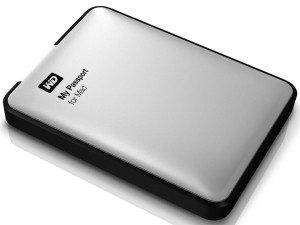

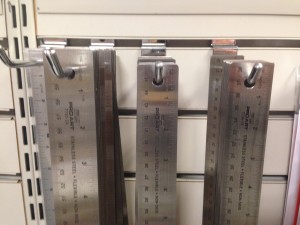

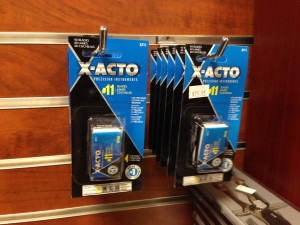
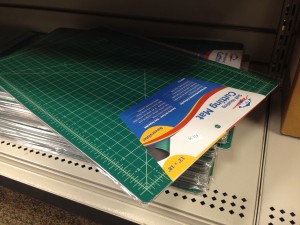
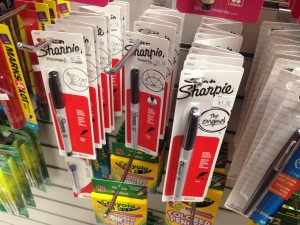


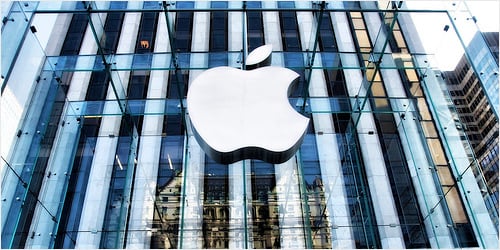




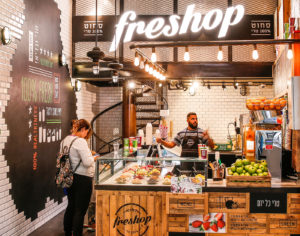
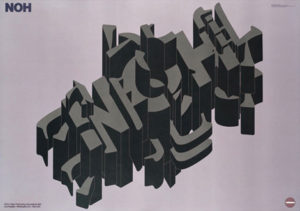 Image by: takenobu Igarashi
Image by: takenobu Igarashi
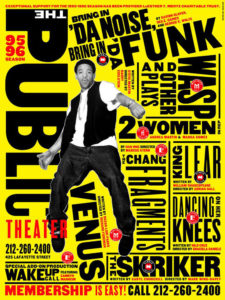
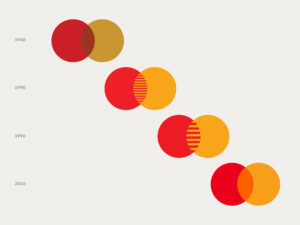
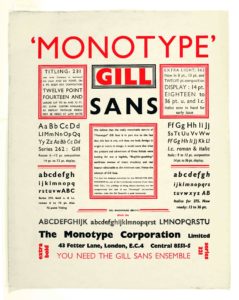
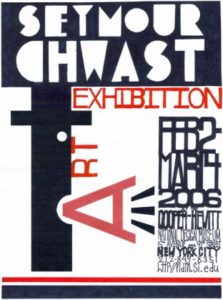
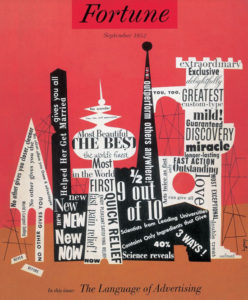


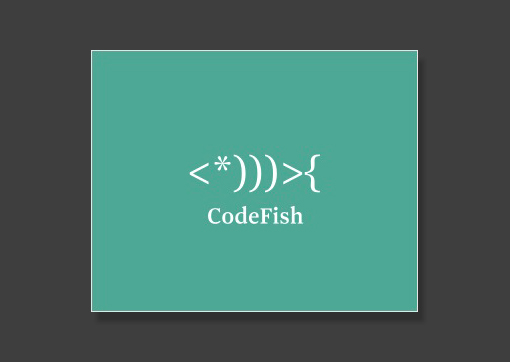

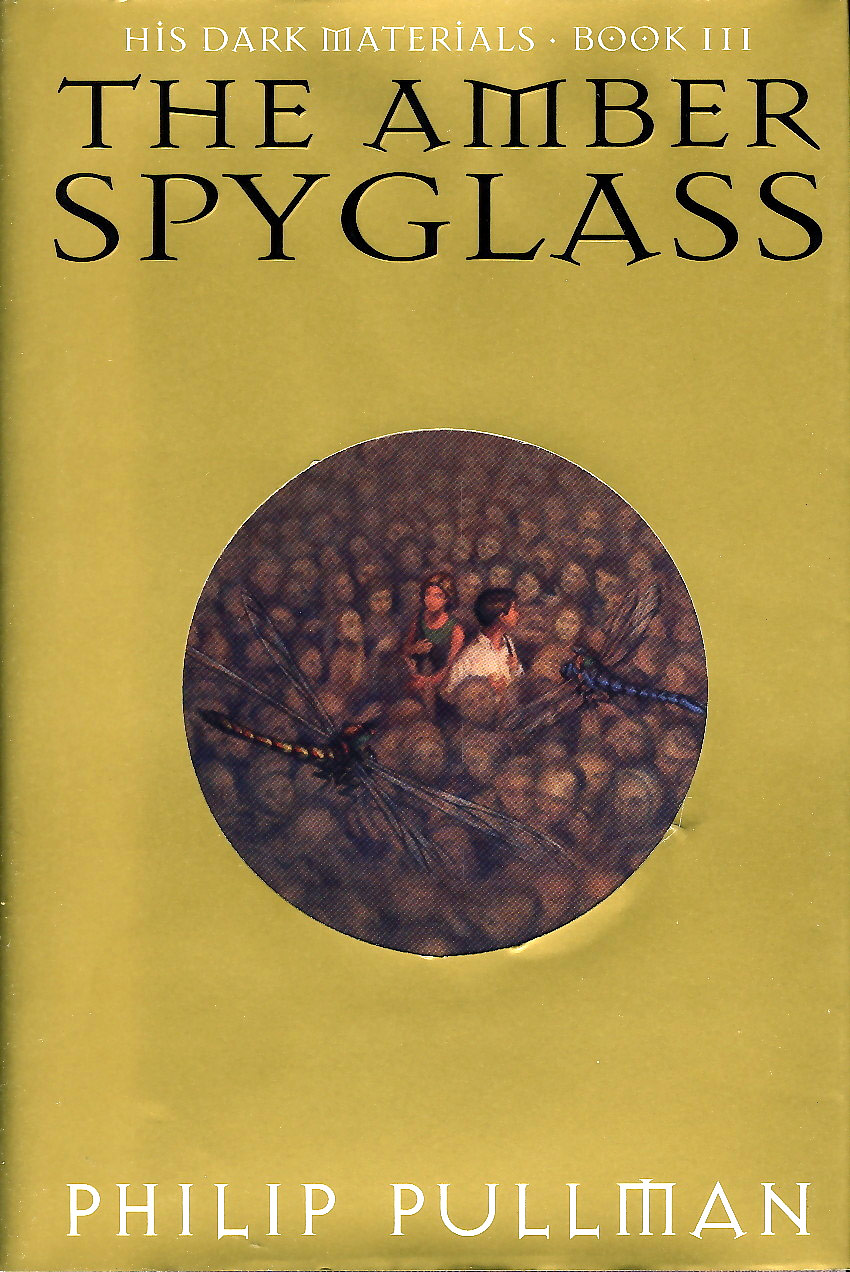
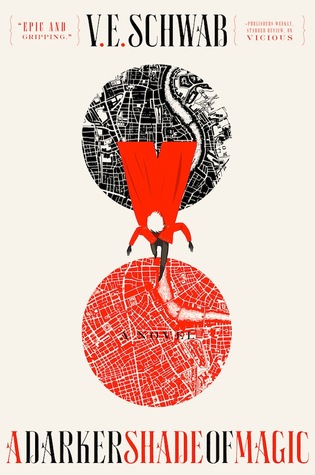


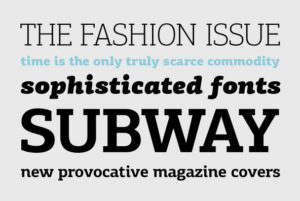
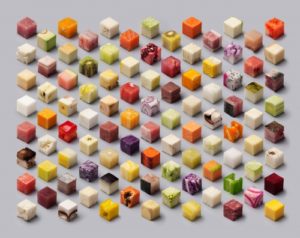
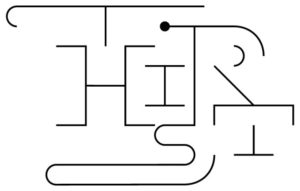


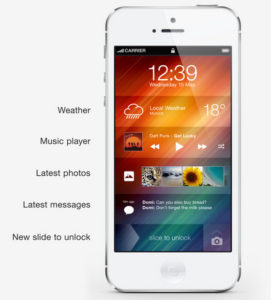
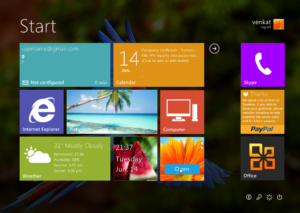
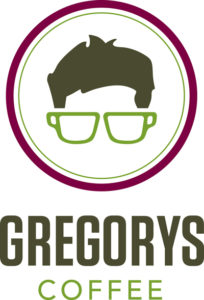
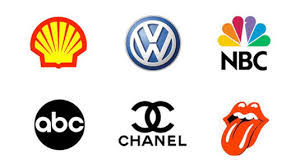
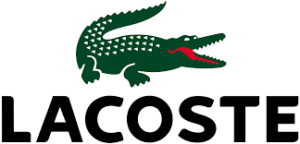
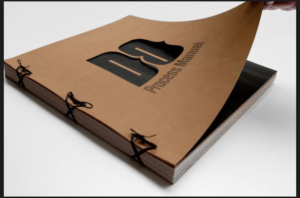
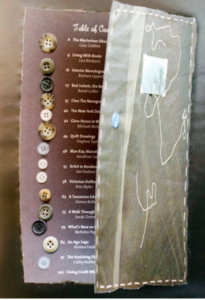
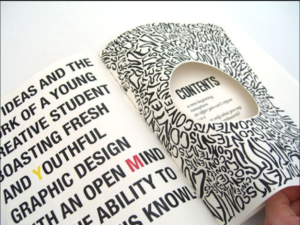
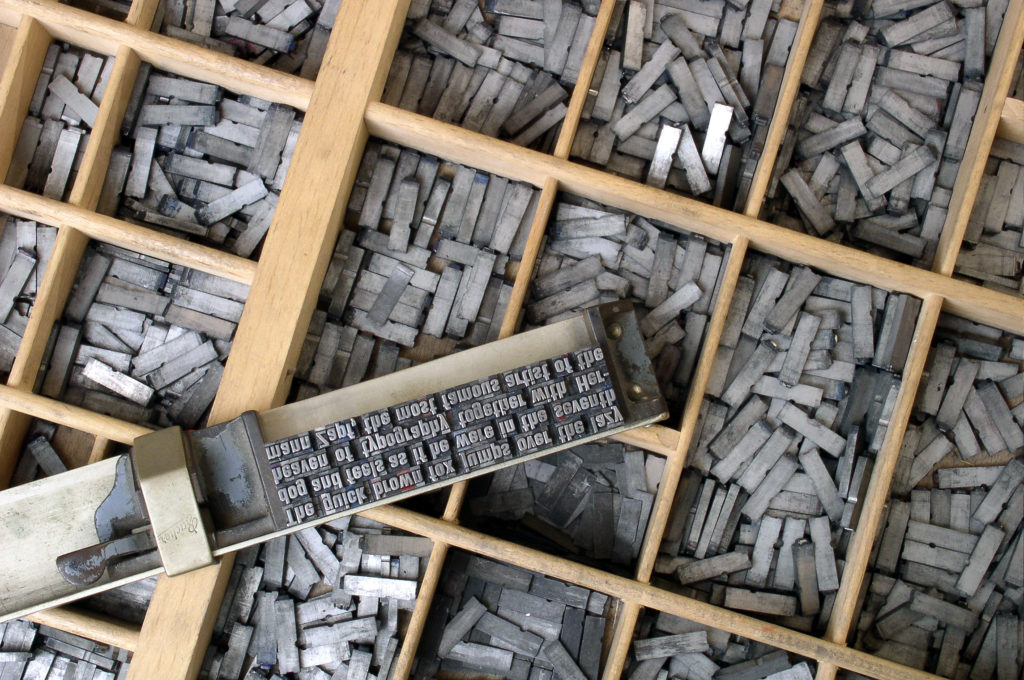

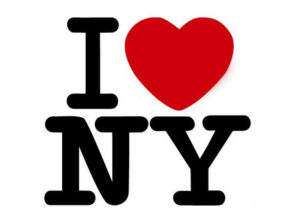
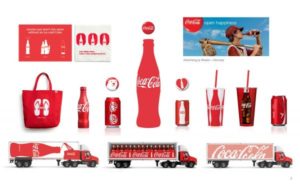
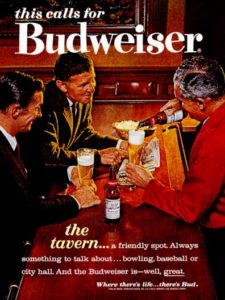


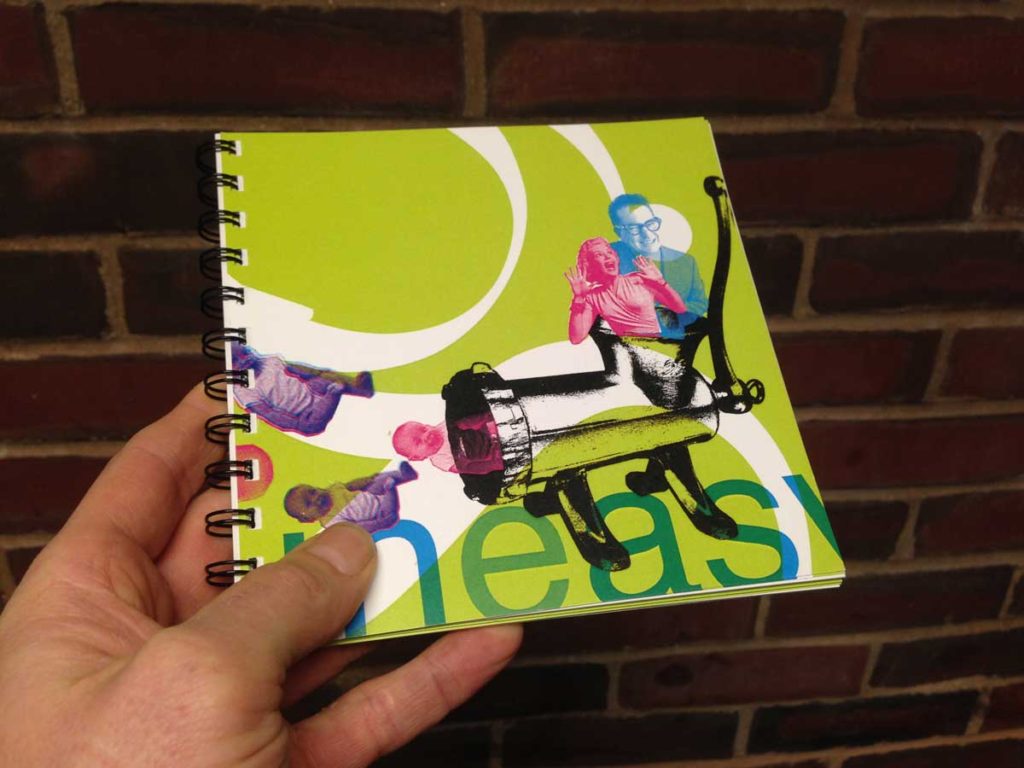
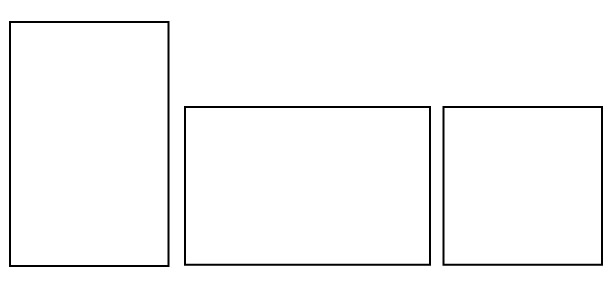
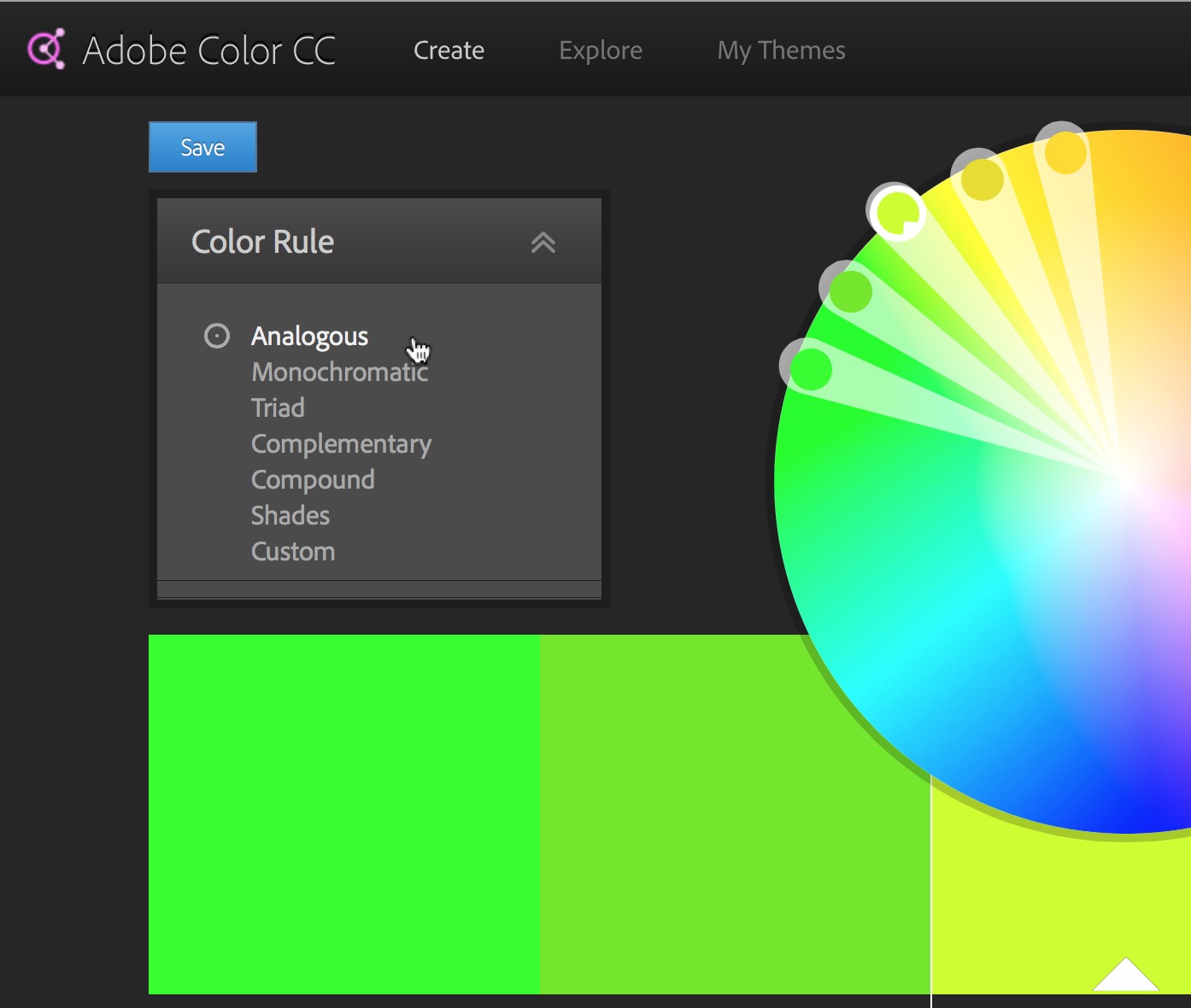
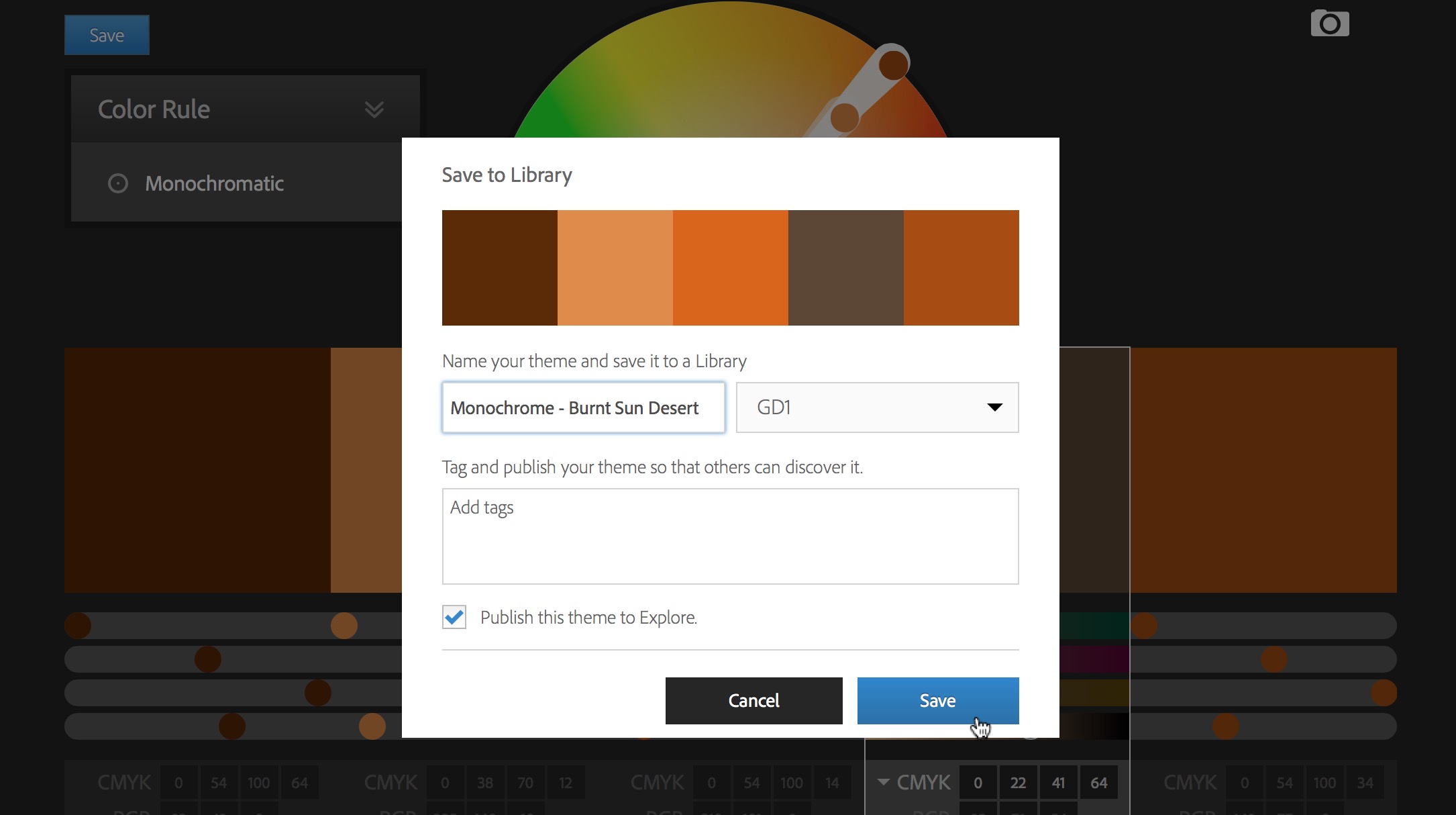

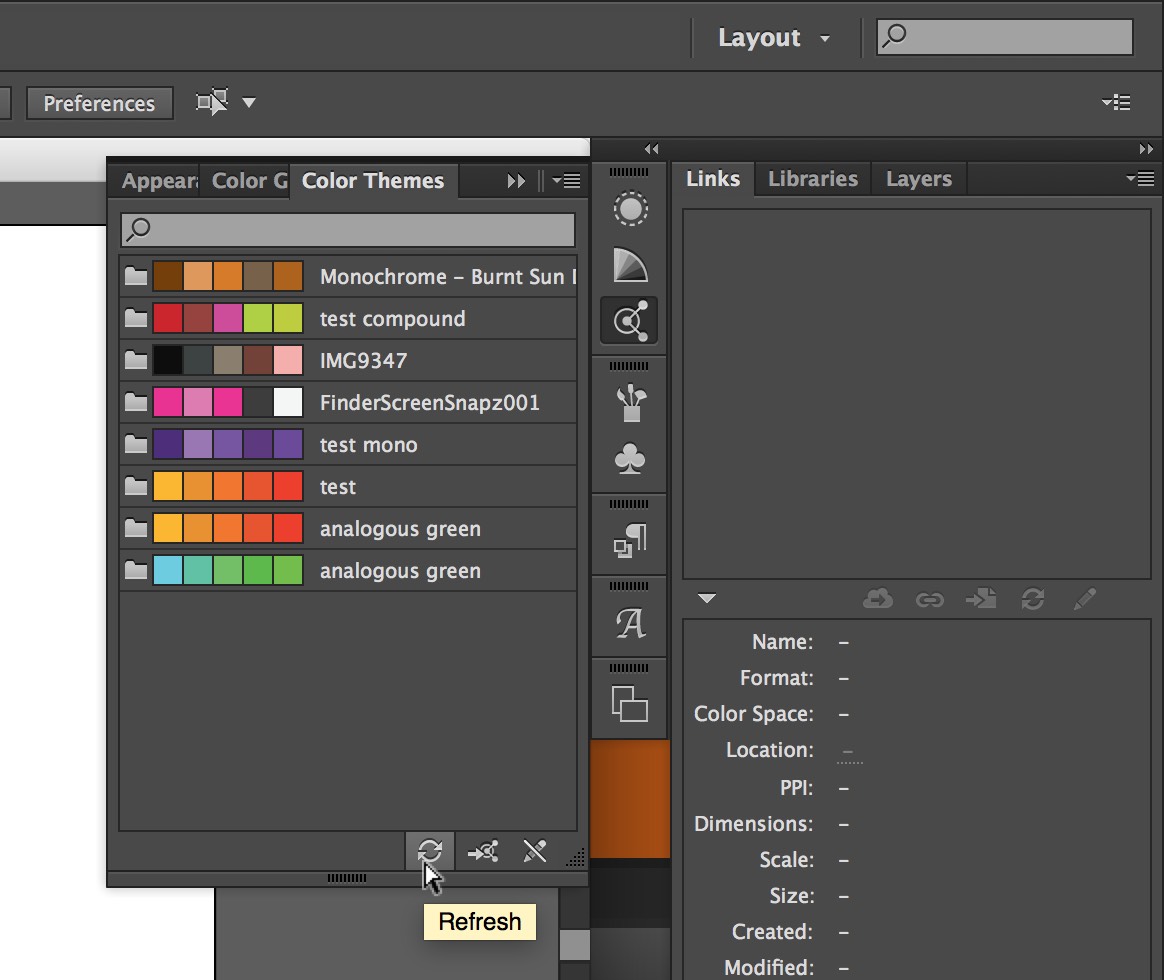
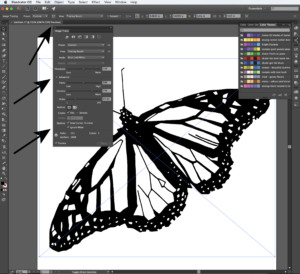

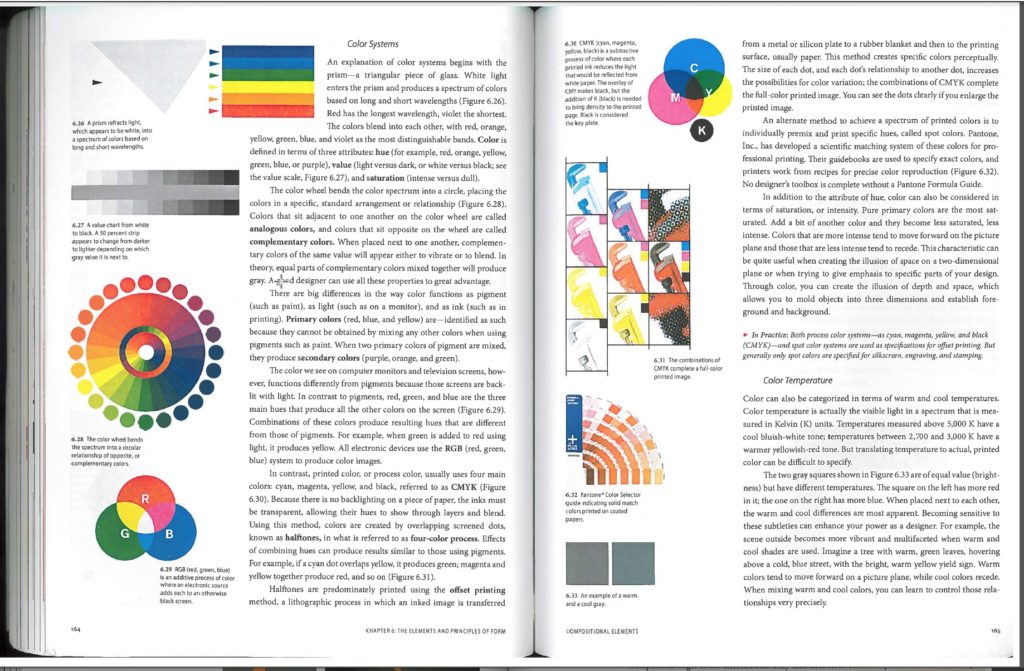






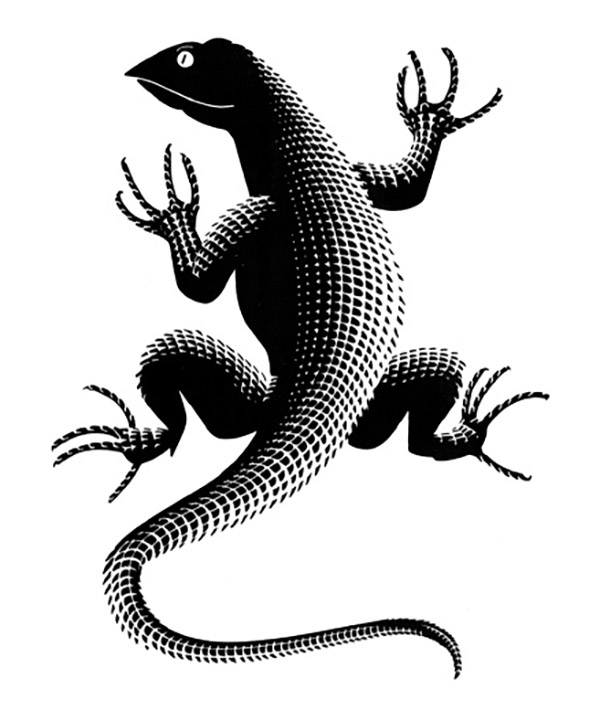
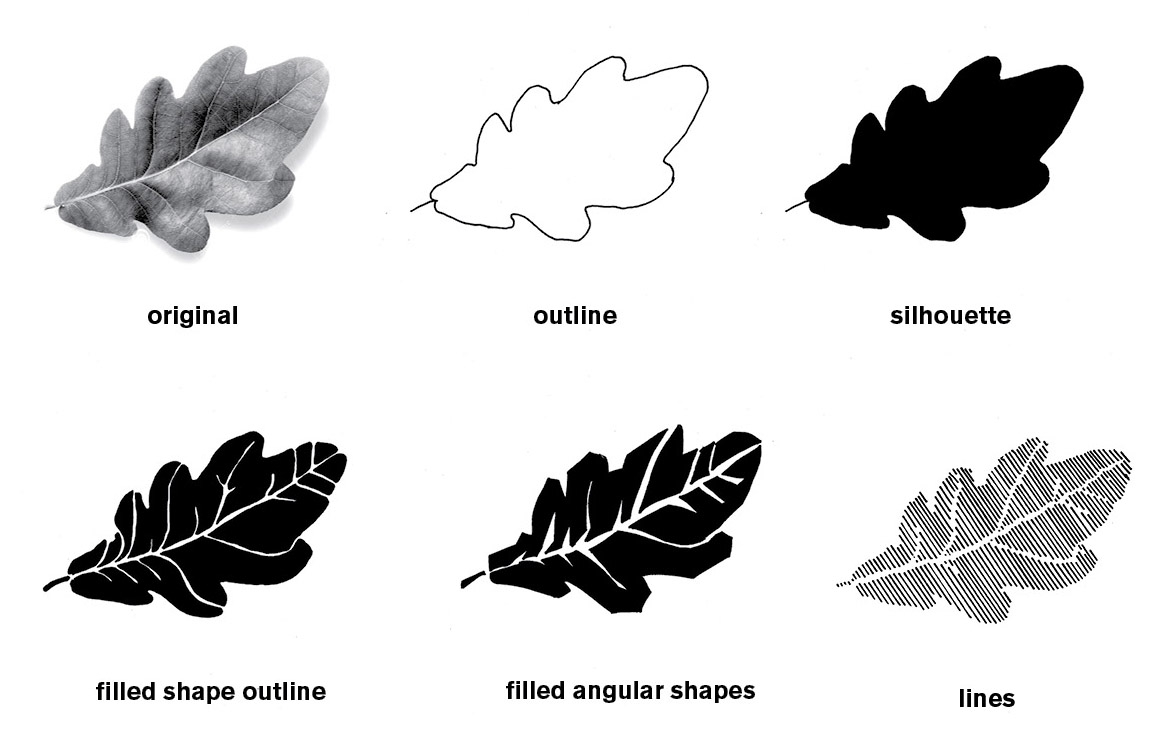
















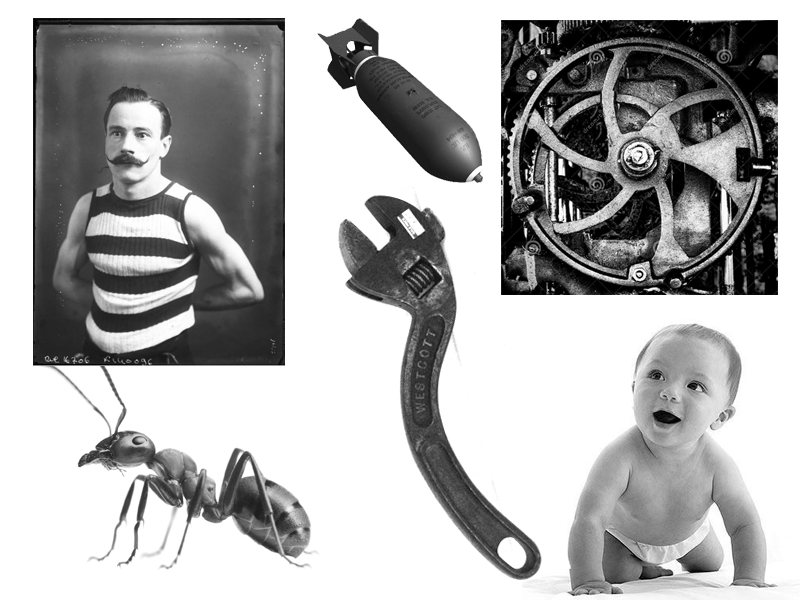
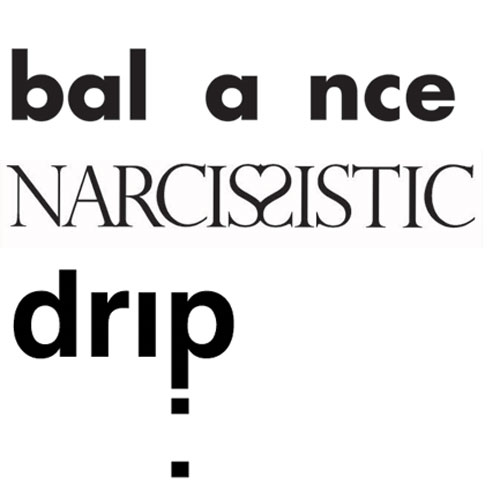
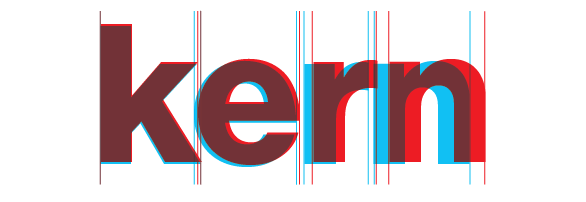
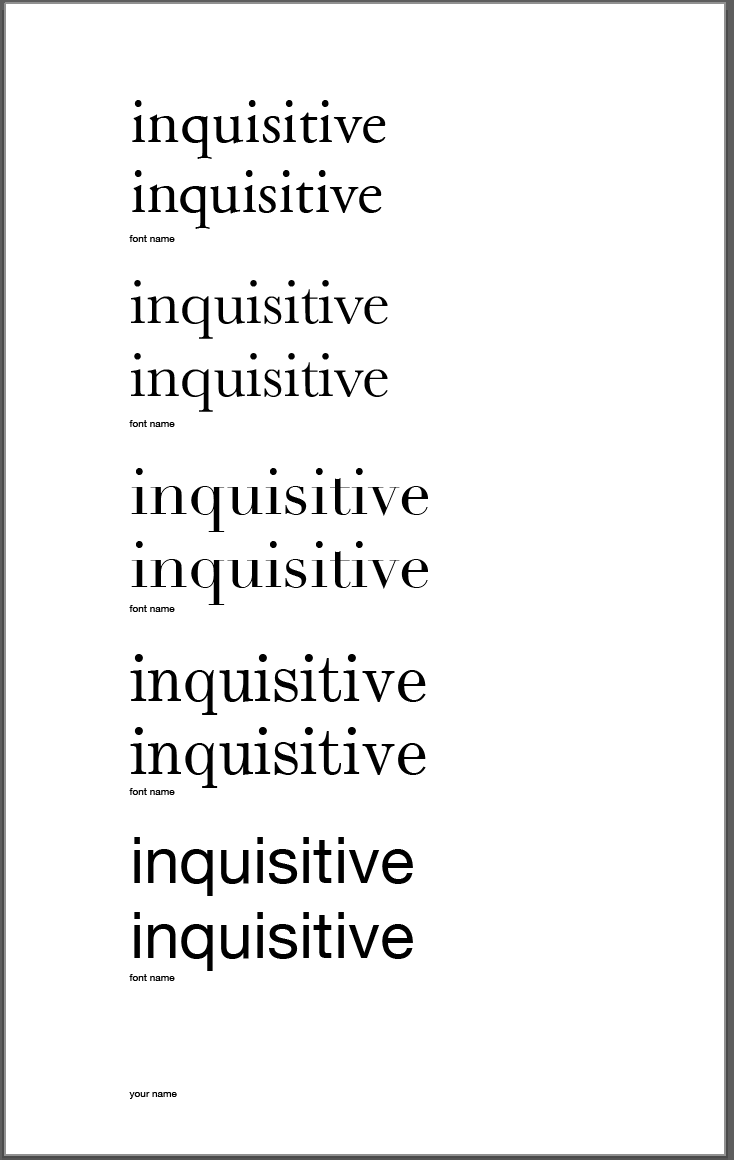





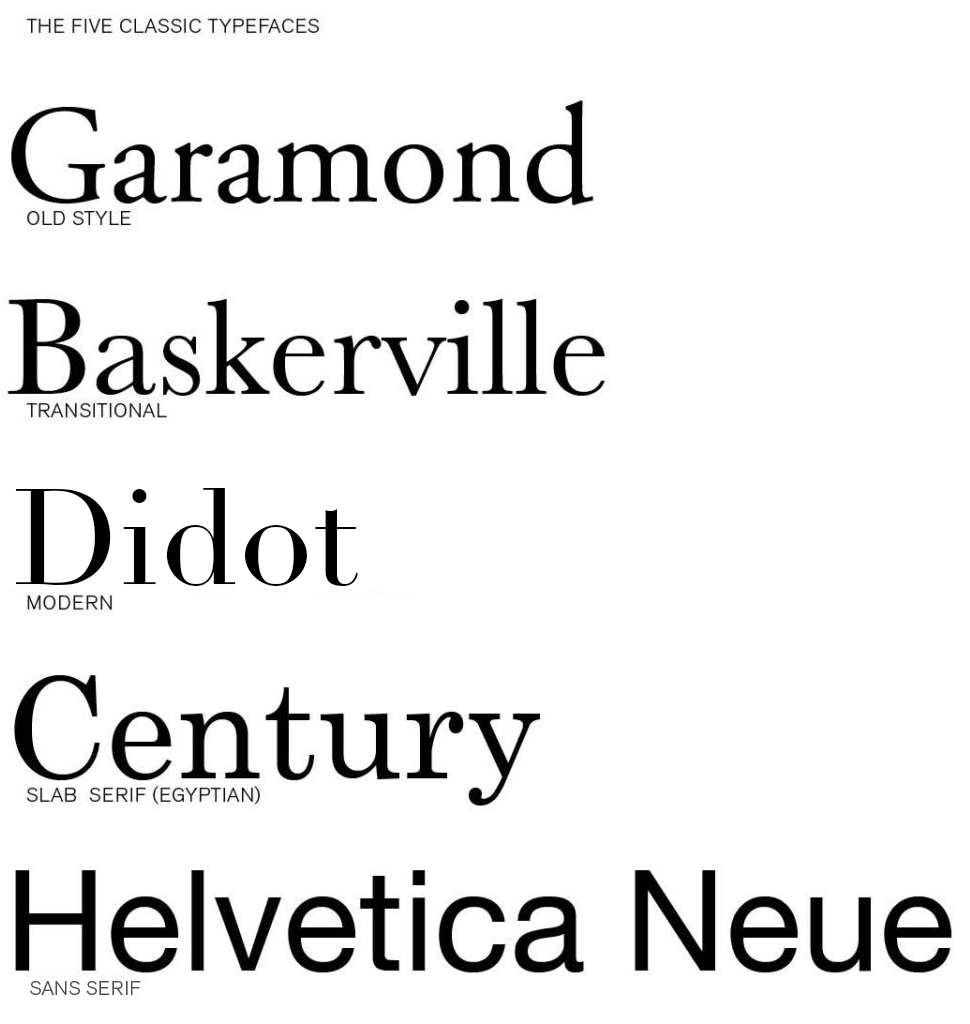
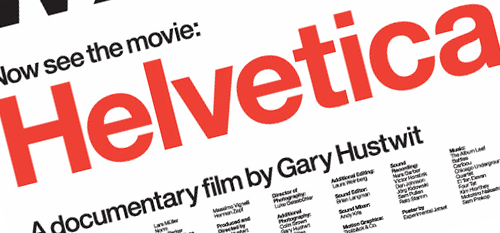

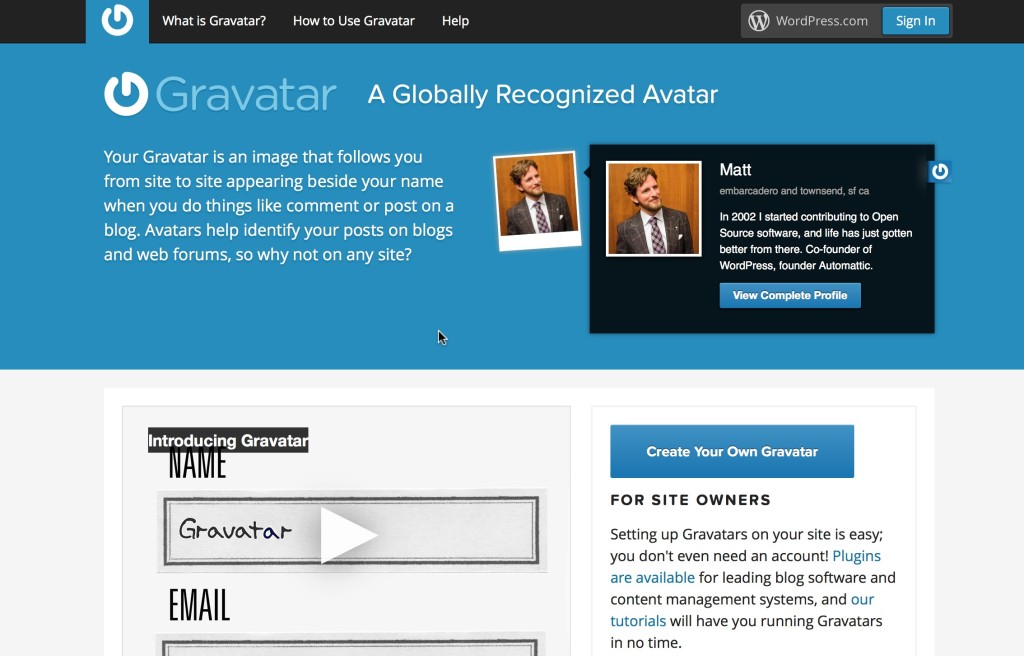
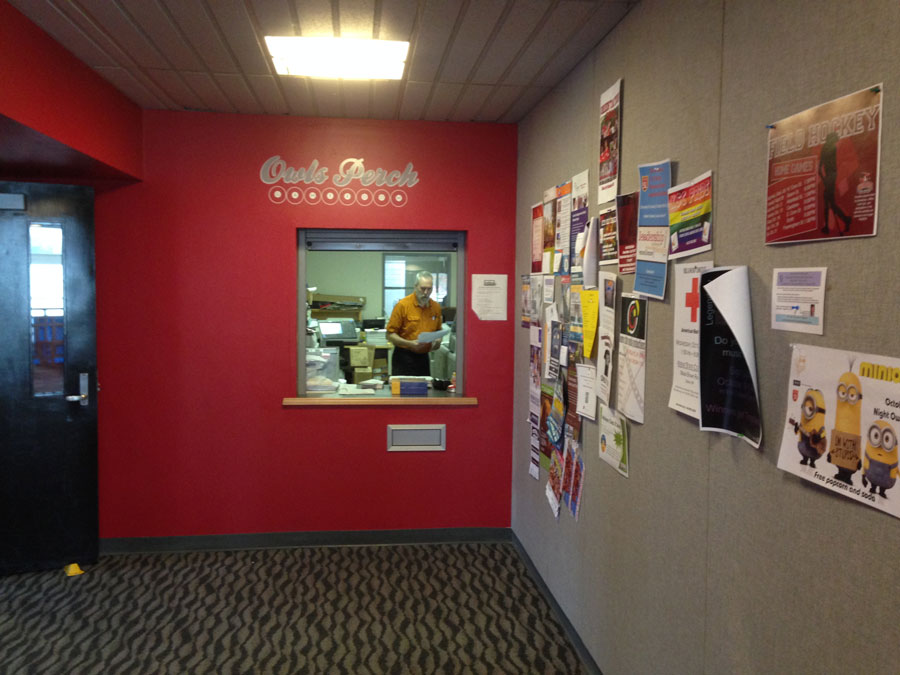
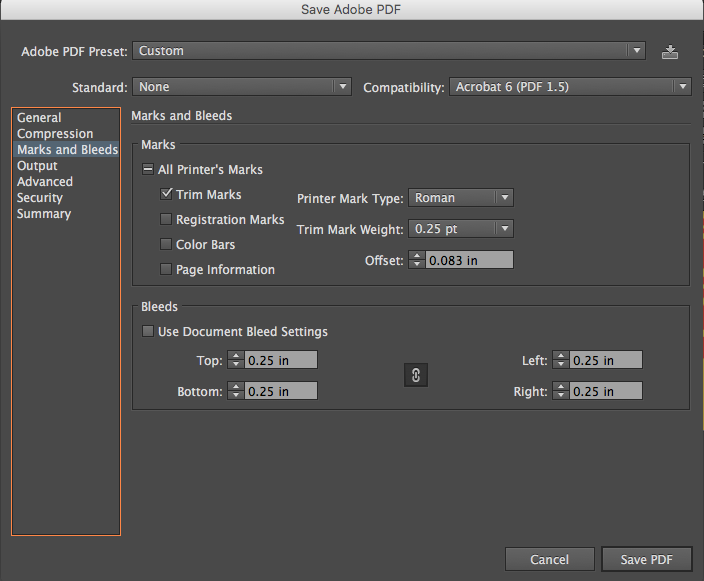
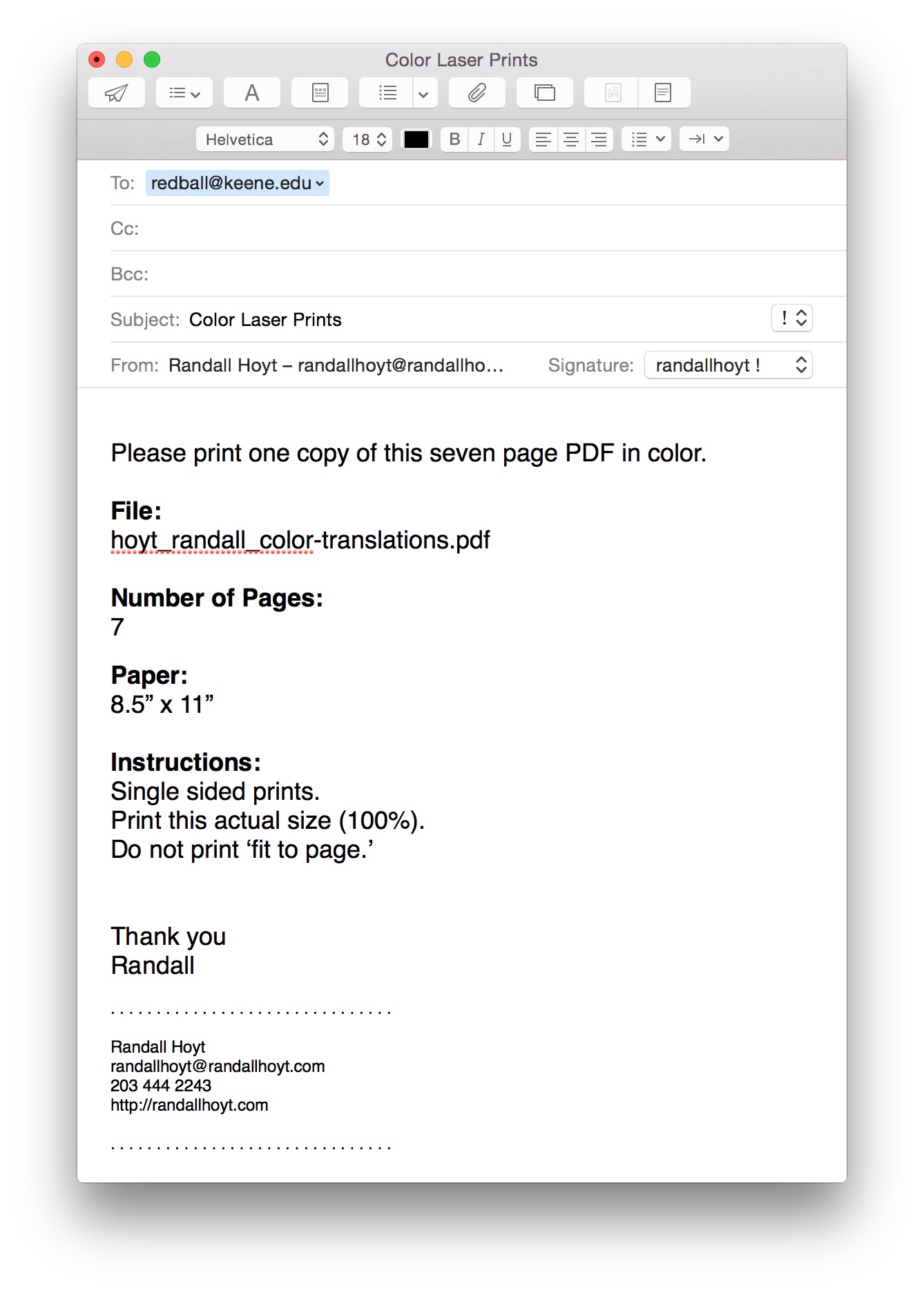
























Because design elements are viewed in relation to the space they are in, it is important for designers to pay attention to the space surrounding a design (empty space). If the negative space surrounding a text or image is ignored, the design’s message becomes weak and boring. Empty and active space are important because they help create a positive reaction from the viewer. Because space is often overlooked by most people, using it strategically within a design can grab the viewer’s attention even more. Empty space is the area that lies behind a design or image, while active space is the space the design takes up.
Depending on what the designer wants to express in the design, more empty or active space is used. For example, mail-order catalog designers are trying to get the viewer to purchase as much as possible. By filling the empty space with products, the active space is being used far more than the empty space. This overwhelms the viewer with products to purchase, making them more likely to see something they want to buy. However, an advertisement for the newest iPhone is often simple and clean, therefore using the empty space surrounding the product to highlight the iPhone. If in these examples the designer were to ignore the empty and active space, selling the products would not be as likely. This is why it is so important for designers to know how to use both empty and active spaces effectively.
The concept of space in design is extremely overlooked by many people, mainly because they don’t realize the impact it can actually have and they don’t notice the way the space is being used. By utilizing the empty and active space, designer can enhance the message they’re trying to send by either bombarding the piece with a specific design or multiple designs, or allowing a singular design to lay in an empty space where the eye can easily be drawn to. The idea of empty and active space can be seen in the real world as well as in design, such as in high end stores versus low end stores. The higher end business will utilize the empty space in order to give off a higher quality and more expensive appearance, while the lower end business would utilize the active space in order to show the large quantity of products and lower sales prices. In design this can be seen in magazines where large spaces are left empty in order to provide an intellectual and artistic appearance. The use of the empty and active space allows for different messages to be presented and are important in design because they allow us to see things in a different light and express different messages.
Understanding how to effectively use empty and active space as a graphic designer is essential. Empty space, negative space, and white space are all terms used to describe the space around and between an image. This space can be any color, and it can be utilized in many ways to either jump out of the page and become a focal point, or to become a background to highlight the more prominent image on the page. Active space is the image, text, or design that is placed onto the the page. Too little white space and the page will look chaotic and cluttered, but if too much white space is used the page will look boring and incomplete. One very helpful and interesting point that the chapter made was to compare a doctor’s focus on keeping a patient well instead of just curing their sickness, to a designer’s focus on negative space instead of just creating active space. This metaphor gave me a new way to look at designs.
As I observe the space around me, I notice an example of active space vs empty space. There are two calendars hanging up on the wall across from me. One is very simplistic with a single owl in the middle of the page that pops out because of the white space behind it. The other calendar has a picture of city life with buildings, cars, bright lights and fireworks exploding in the background. There is purposefully very little empty space on this calendar to show the motion and intensity of city life. Both calendars use negative space differently to portray different messages.
I have always found an interest in the relation between positive and negative space. In design it would be categorized as figure and ground. The layout on a paper can go from catastrophic to clean depending on just how you use the “background”. I quote background because on page 119, “Thus, when it is used intriguingly, white space becomes foreground”, which I found to be so true and that using white space is limitless. I enjoyed reading about the types of figure and ground relationships. Stable figure and ground, reversible figure and ground, ambiguous figure and ground. I love to go through magazines, pamphlets…etc. and pay close attention to the use of the layout with consideration of the spatial context. I notice things like the space between a header and the content, the use of imagery whether it’d be thumbnails, a cover photo, background..etc. Having empty space where it is mainly background and can look finished or as if it is “leftover space”. While active space may be a good description of parents filling out the ad’s in the back of my high school textbooks. There’s basically no room to look, no break between any imagery or words. Making it cluttered and unattractive to the eye. Like looking at a bridge and appreciating the break between the background and the bridge as the form, but when you look under the bridge and see it covered in graffiti over the years to the point where nothing is legible. Although this may be a good image for an artist, as a graphic designer that is not what you want to be producing. Something I’ve come to notice more as I got older and as the class progresses is font faces. Noticing the relationship between the font shape and the shape left. I liked learning the word “counterform” which means the space within letters.
The concept of space is very important concept in design and for designers. In our everyday environment we see empty and active space all the time, as it is an essential aspect day to day. As Gregg Berryman writes, “everyone looks at things but very few people see”.
Empty and active space are both used to portray, advertise and sell different things and can work both positively and negatively depending on what the designer is trying to portray to us and how. Personally, I think white/empty/blank space is good. I think that when there isn’t enough of it things get too cluttered and what is trying to be shown gets lost in the mix of too many other things. When you are trying to advertise for something for instance, or when I am looking at an advertisement for lets say a restaurant, you don’t want to have all different things written on it and a ton of pictures. Instead you just want to have the name, in big, clear, readable type. And small details about it someone would need to know also in clear type. Leave enough empty space so whats important is easy to read and see. I know when i’m reading something like that, if I see too much going on I sometimes lose interest or don’t know what exactly is trying to be advertised.
Active space is something that can be a good thing as well, to not make something so boring and make you not want to read it. Having too much empty space can do that to something. A good time to have active space could be in posters, calendars, & newsletters which are just a few I can think of off the top of my head. When they present one image for instance, you want it to pop and fill the page since that is the only thing being presented. In a newsletter, it is usually rare that their is a lot of empty space because there is usually a lot of information. To make it not as boring pictures can be added to intrigue the reader. The concept of space is something so important and something that goes so unnoticed it was really interesting learning more about the concept of space.
Empty space is just as important to a visually pleasing design as active space is. This is something that I have over looked, but this reading really made me think about it. Gregg Berryman said, ” Everyone ‘looks’ at things but very few people ‘see’ effectively.” People do not put nearly enough thought into the space of a design that they do not use, but when this is ignored the odds of that design being ignored are much higher. Every piece of design is meant to be seen, but when all of the thoughts are focused on how to use space rather that what space not to use, designs can become cluttered and ugly very quickly. An example of empty space would be the space between letters, the sides of the page, and overall just the background the design. If the empty space is used properly, it will direct the viewers attention to exactly what the designer intended for them to see
Active space is space that the design takes up. Over use of active space can more often be seen in a catalog or magazine, where the designer just wants to show you as much as possible on one page and hope that you see something that catches your eye. To me a great design is a mixture between the two, and that mixture differs depending on what the design is intended to do.
When it comes to art and design, space is a huge component. Empty space, negative space, white space and space alone are all utilized to better define the area around an image or object. An artist can use space to really emphasize the focal point of an image. Active and empty space, if used correctly, can really have a positive impact on the viewer. Many business use active and empty space to better emphasize a product within their advertisements. For an example, often products are shown in nothing but a white background, helping the product stand out more for the viewer. It makes the product look more bold and important. This is the case with many car advertisements. Sometimes, a car will be shown in a plain or very simple background (empty space) so it will stand out. However, in many magazines for toy advertisements, the creator overwhelms the viewer with so many options and toys, hoping that at least one product will be bought. Also, in certain images with nature, the background plays a huge role. Whether there are trees in the background, or just a calm lake, can really bring out the simplicity of a photo. In my dorm room that I am currently sitting in, I notice two pictures. One is a picture of a football zoomed in on a football field, and of course my eyes are attracted straight to the football and nothing else. Another picture in my room is of the skyline in New York City, and it has such a busy background, drawing my eyes to all of the lights and building shapes in the sky. This just goes to show that an artist can do many things with space just to portray different messages or certain focuses.
Emptiness is something that we realize or we don’t this kind of space is thought to be best used by filling in different spots. In lots of artwork emptiness is used as a counterpart to the filled in space already. But being a designer we need to look at empty space as something beautiful and helpful to our creative minds. Creatively using empty space to make a specific design or to portray a positive shape is also some ways we can used empty space in art work. I believe that using this type of space can be quite inserting in the way where creating a piece of work turns into figuring out how the actual objects and the blank space contrast with each other. Along with placing these objects in spaces that are empty it becomes a figure/ground relationship between the objects and the space it is sitting in. By not only placing these objects in some space we also see the contracts but also the beauty of both coming together to make something new. By having this blank space we also activate it by putting objects in it to activate this plain space and make the scene look more interesting and interactive.
Space is a concept exceedingly important to understand as a designer, yet often underrated by the common onlooker. Using space correctly can make or break a design. Lots of “white space” can make a clean cut statement about a product or idea, while a busier space can be used to describe a specific concept, like the feeling of anxiety. Your ability to use space to suit your design is crucial to how you design, because it’s a part of how you communicate with the viewer. Everything you do with the design should be purposely placed for the benefit of the communication with the viewer. Carelessly open or busy space could leave the viewer confused, leave them with a bad impression, or worse, not attract their attention at all. I think one of the places I think the most about space in design is with websites. If the website is overloaded I will almost immediately click out of it. The first glance of the order of the website will instantly decide my willingness to read it. It can’t be so busy that it’s confusing, but it has to have enough stimulating design that I’m still interested in it. You may not be conscious of the effect of space, but it is constantly changing how we perceive things.
Space is always something ignored in art, wording, or our lives. Art shows negative space, unused, or forgotten space that could elaborate more on the main subject. Wording is the way someone or something speaks either through visual or vocal expression. Our lives and having personal space or space between loved ones socially. Everything has space, but we go right ahead and ignore it. With fonts, words, and spacing everything has to mesh together somehow in perfect harmony. The space and the subject go hand and hand and help out the other. For example you have a word or multiple words to describe something, but have no picture to go along with it. You would have to add an image to make the subject take up more of that empty space and really emphasize the words and image. Active space is where there is chaos on a plain piece of paper or on a blank powerpoint slide. Empty space is exactly what you would expect and that would be either nothing or the area around the chaos on that page. Too much chaos leads to not understanding things and being thrown around to different topics. For example, if you were to have a company and wanted to get your name out there, you would not have a collage and not have your company name stand out. Some of the most important things you can do is to make it clear, simple, easy to read, and self explanatory. The customer or client should never have to guess what your company name or purpose is. Empty space should be surrounding the active and capitalize on the ad. La Z Boy, for example, has negative space all around the letters, but the “Z” reverses the negative and creates a positive giving it an interesting design. Designers have to watch out for to much or too little space. It is needed even when you don’t think of it or realize it, you need it either in designing or life.
When it comes to elements of design space is often under utilized or ignored. However, after reading this chapter it was clear that space plays a very important role is the overall look of design, art, and even the everyday world. The part that grabbed my attention was the discussion on page 31 about white space and how to effectively use it by creating asymmetrical designs rather than symmetrical ones. This is because when an image is symmetrical the eye tends to focus on what is occupying the space rather than the space itself. If the space is too active it causes the viewer to become confused or to focus on too many elements which results in the page becoming overcrowded. Contrary to that, if the page is too empty the viewer could feel as if it is unfinished or that there is a lack of design elements to it. When relating to typeface, it is important to have a nice balance of active and empty space so the viewer is intrigued, but also clearly understands the message the type is trying to convey. I relate to the concept of space a lot through decorating a plain wall. When moving into my dorm it was tricky to find the right balance between too much clutter on the wall to too little. The element of space played a big factor because too much positive space would make the room feel not homey, while too much negative space would make the room feel small and busy. Space is important to understand because even if the viewer does not realize it, the amount of or lack of space can give off certain moods and feelings that the artist may not have intended.
We never really pay attention to space in design and how frequently it’s used to produce some very powerful effects. It has to be deliberately used, meaning that it isn’t just there, we have to make it. It plays a key role in framing, without it we wouldn’t know where to put designs in reference to. Everything would just be running off the page, or at least the designs would look uneven, and out of place. Space also requires a good figure/ground relationship, there are there different types, Stable, Reversible, and Ambiguous figure/ground. which all in turn allows the space to. An example of empty space would be a room with a box in the middle with no other objects surrounding it. The space surrounding the box is empty because it’s not being utilised. An example of active space would be a room filled with furniture. The space between the objects no only serves a purpose for being able to walk between the furniture, but also creates a powerful image that sets the objects apart from each other.
Space is described in this as emptiness. To have a functioning design you must have emptiness. Due to present the background and to ad positive and negative space. This is seen in many other jobs such as photography, painting, architecture, and sculptures. This is a hard thing to do if you aren’t good at “seeing” the space. “seeing means a trained super awareness of visual codes like shape, color, texture, patterns, and contrast”. This also go in-depth upon the separate functions of design. Which is unread design elements that are viewed in relation to the surroundings. How the two-dimensional emptiness in the background plays on the positive shapes in the foreground.
the use of space in a design brings attention to the actual design itself as well as creates a background for the design. Emptiness and space are the same thing, space can sometimes create a peaceful or causal aesthetic. This is because the blank space used isn’t necessarily eye grabbing therefore it doesn’t overwhelm the viewer. As well as bringing more attention to the actual design aspects. Space can give some designs a form of balance by bringing out the best aesthetical aspects of the design but also not overwhelm the viewer
Often times when thinking about space, many people think about outer space. However, in graphic design space is a very subtle thing that can make or break a project. Space has helped inform my eye in many different ways since reading this article. Prior to this article I always believed that the extra space, or empty space, within any given design was unimportant; but, this extra space is what helps bring the piece together to become pleasing to the human eye. On the surface, empty space and active space can appear to be the same thing. However, when you dive deeper that the surface there is a big difference. Many people often think that in order for a piece or design to catch someone’s eye, there needs to be little to no white space when in fact the opposite is true. Sometimes it is necessary to use the space within a design to help portray the message. For example, one time where it would be useful to have empty space is if you were advertising for a child hunger foundation and had the silhouette of a small child looking up into the sky begging. Empty space can also be used as active space to intrigue someone. For example, if you had an ad for a new running sneaker and you had a picture of someone running and there was space in front of them, as in the space they would be running. Below the space you could have Nike’s signature “Just Do It” which would be a good example of using empty space as active space. Space is an important concept in design because it has the ability to make a work of art into a piece of garbage and vice versa.
Space is defined when something is placed in it. In this chapter they talked about how the most overlooked element in visual design is emptiness and emptiness is space. Not having enough attention makes it seem ugly and unread. Emptiness is the unavoidable opposite of fullness, busyness and activity. They said how designers use the emptiness space by horizontally an image into it. Emptiness in two-dimensational design is called white space. For active space in the chapter they said to create a gray field, the white and black areas are equally essential. If you eliminate a single black line, the white space will become “activated”. The use of empty and active space allows the designers to see things different and mean something else. Empty space is the area that is usually behind a design and active space is how much space the design will take up. Designers should look at empty space as something helpful so that we can create something great. After reading this chapter I didn’t know much about empty and active space or what it even was. I also didn’t know how it may be affected by a designer and what the difference between them are but now I do.